Sayah Puppets
Stopmotion Animation Puppet By Aliakbar Sayah
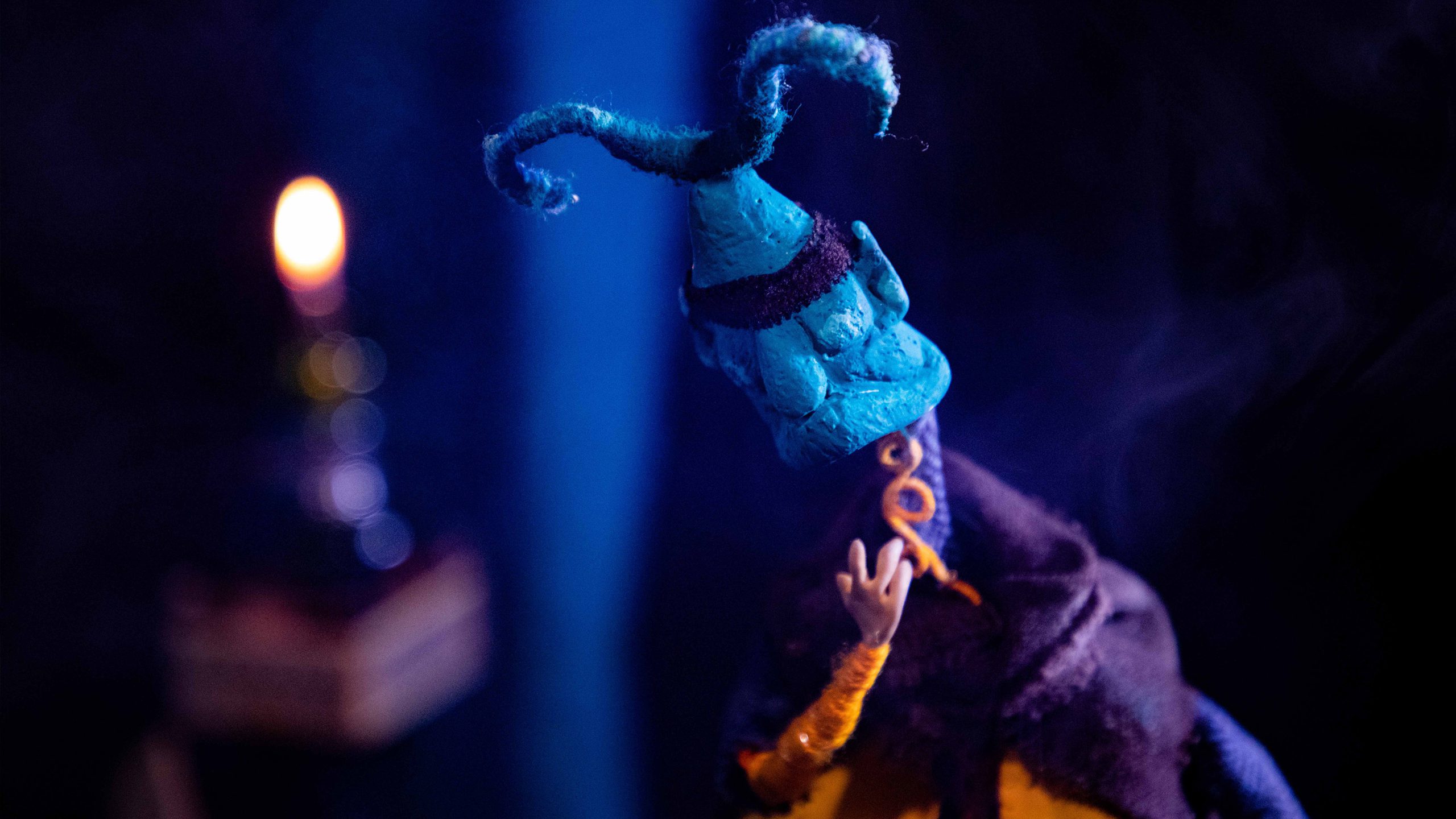
Story of Puppets
The birthplace of works of art is inside a person. When he is drowned in solitude, between fantasy and reality, and flies himself like a legendary bird in the sky of dreams. In this infinite solitude, the artist goes inside to find himself, and the result of his inner work is the work he creates. For this reason, puppets are not considered as a tool for animation filmmaking, but as a work of art. By referring to the intellectual world and communicating with his subconscious, the artist presents a person in the form of dolls. In this sense, the source of the dolls is nowhere else but within the artist.
Puppets crawl out of the signs and images of history and become companions of the spirit of their time. And they bring with them secrets of past and present people. In fact, Puppets are an embodiment of humans. A person who is a game in this universe and has a role and one day will return to the lantern of imagination.

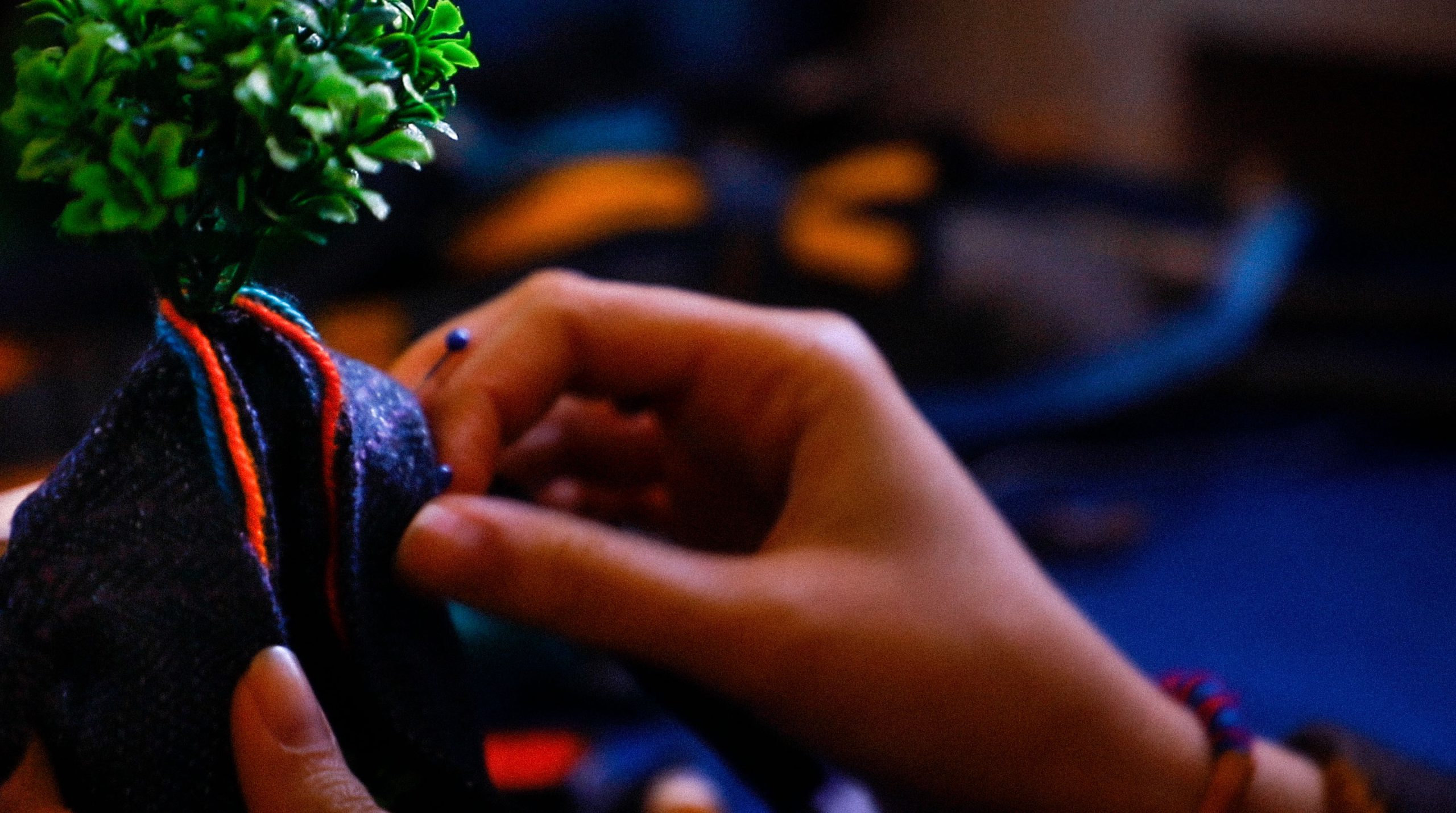
Aliakbar Sayah started making stop motion Puppets at the age of 10 at the Center for Intellectual Development of Children and Adolescents, as a self-taught, and after that he continued his work at the Center for Creating Centers, under the supervision of the famous director of puppet animation in Iran, Abdullah Alimarad. Along with holding various stop-motion Puppets making workshops, Sayah also teaches this technique at the Academy of Fine Arts. Also, for the first time, puppet animations are used in the form of conceptual art.
In sayah’s opinion, Puppeys are only the characters of a domestic and foreign film and are independently recognized as works of art. In this way, for each puppets, ideation and presentation of visual arts works can be considered. In 2020, a conceptual art exhibition of animation dolls called «Lost Climate» will be held at Ghasedak Culture Center.
Puppets and Staged Photography
Somita’s death is one of the photos staged by Aliakbar Sayah in 2017. In this collection, he looked at the girls of the Revolution Street, which was a social movement by girls in Iran, with a historical perspective. Girls of Revolution Street is the name of a movement in which girls and women take off their headscarves in the street as a sign of protest against the mandatory hijab in Iran. Some girls went on the platform in some parts of the city and hung their headscarves as a sign of protest. Men also sometimes shake their scarves or carry placards from this movement.
Sayah designed characters based on Iranian musical instruments with a historical image and photographed them like a puppet movie scene. In this collection, symbolic instruments such as tar, serena, fiddle, oud, etc. were used. Somita’s death is a picture of a fight between a military soldier and a local girl. In this photo, the soldier is based on the tar instrument and the local girl is designed based on the Serena instrument, which is a Khorasani instrument.
In this photography technique, the photographer, like a film director, directs and arranges the scene, decor, frame, components, human elements and all other things according to his opinion and desire. Staged photography is the product of dealing with reality in the field of photography.

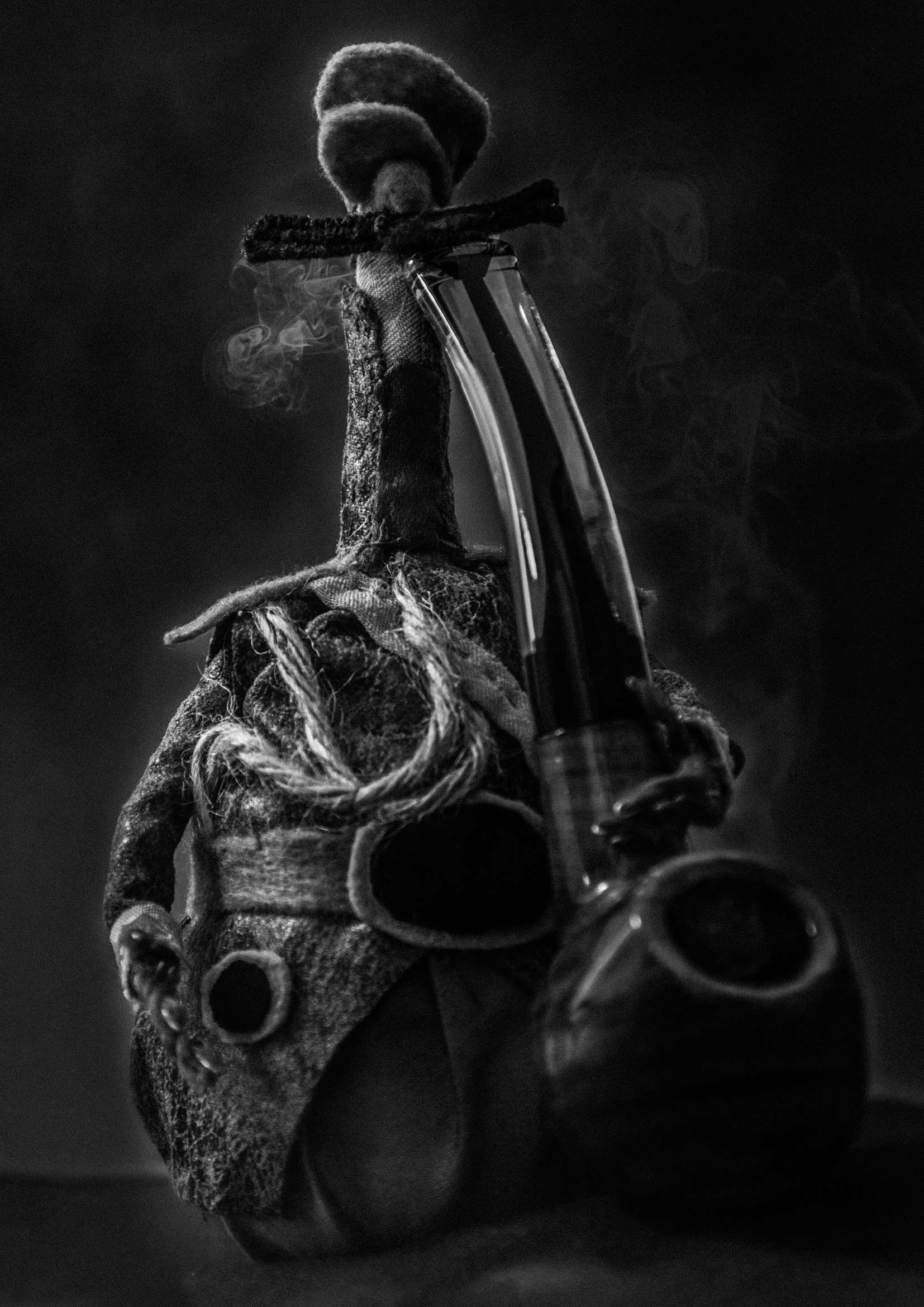
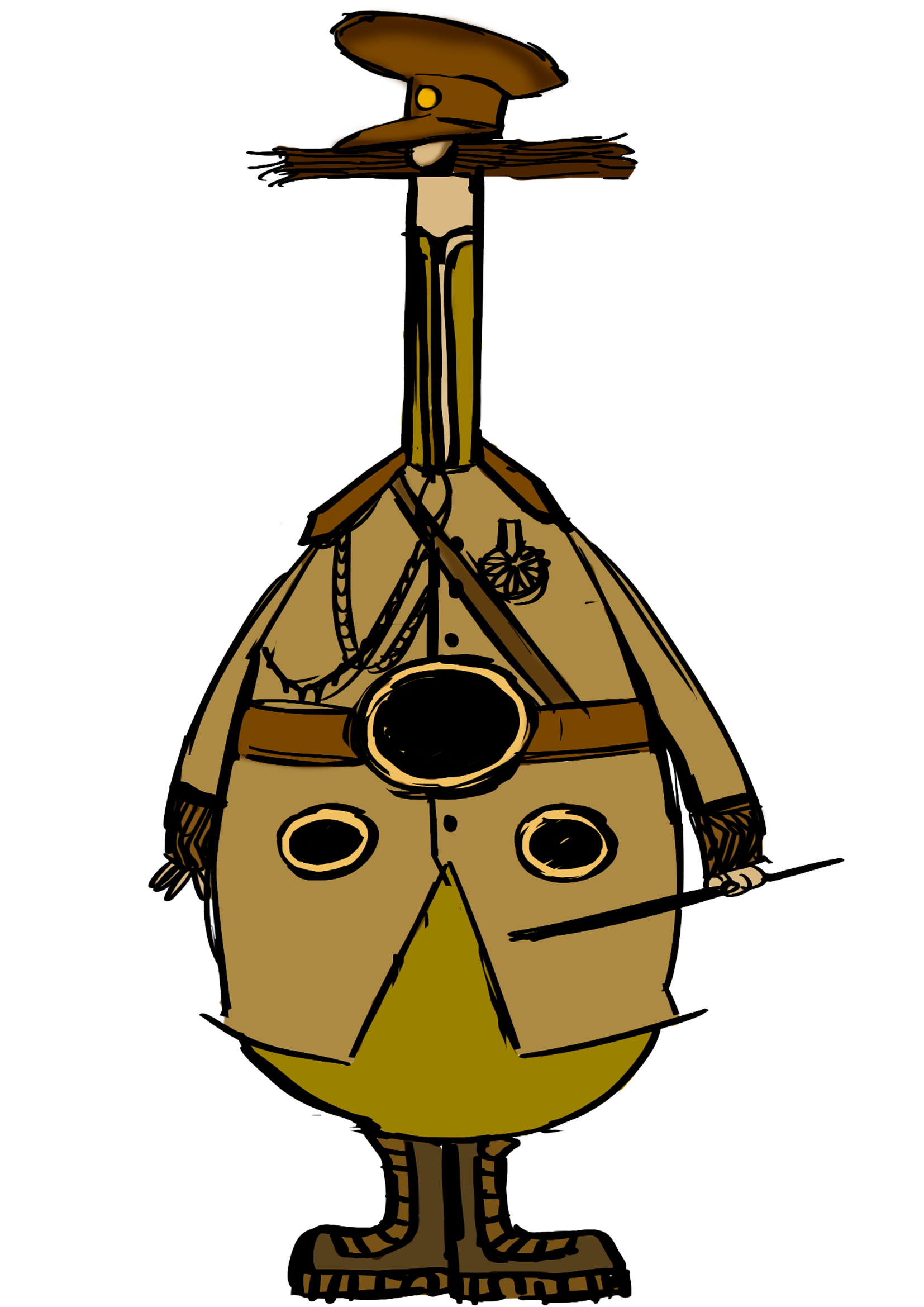
In the 80s, artists refused to record objective facts and began to design their own images. Instead of accurately recording the reality, they turned to their imaginations, mentalities, and interiors, and instead of searching for issues in reality and recording them, they created their own mental world. Staged photography has experienced different forms during its 150-year life. Perhaps no other genre has established a close connection between the arts as much as staged photography. The link between photography, painting, sculpture, cinema and theater.
The characters of this collection were designed Hamid Barzoui and were first exhibited at the Khwarazmi Youth Festival and then were seen at the Shith and Khurshid Gallery.
Puppets and Conceptual Art
The Lost Climate was an installation exhibition organized by Aliakbar Sayah using animation Puppets and based on an Iranian myth called the Talking Tree. Waq or talking tree, which is a fertile tree with fruits of human and animal type, is the sixth motif of the seven motifs and archetypes of Iranian painting, book design, carpet weaving, pottery and architecture (the seven principles of Iranian art). The legend of the talking tree, or the waq tree, and its motifs, are considered a part of Iranian and Islamic imaginative art, both in the field of painting and in other arts. And its origin is hidden deep in the texts of stories and legends. Waq tree is a tree that has been hidden and disappeared in the mythological expression over time.
In this arrangement, she hung Puppets with leaf heads from saplings and placed them in the exhibition. Around the tree, video art of the tourist’s photos with her haiku poems was played. These Puppets were a sign of humans, who were half attached to the material world and half suspended in the air, searching for their true climate through speech and language. In this arrangement, the audience was in front of a miniature statue that, while being symbolic, also referred to her collective unconscious. On the other hand, the dolls were a reminder of each person’s childhood, which, like a real friend, accompanied them in discovering the world around them.
Installed works are used in exhibition spaces such as museums and galleries, as well as public and private spaces. Composition genres include a wide variety of everyday and natural materials; There are also new media such as video, sound, performance art, computer, internet, etc., which are often chosen and used with a different and “memorable” quality. One of the characteristics of arrangement art is the activation of an environment or a concept with artistic encounters that gives the work the concept of identity.
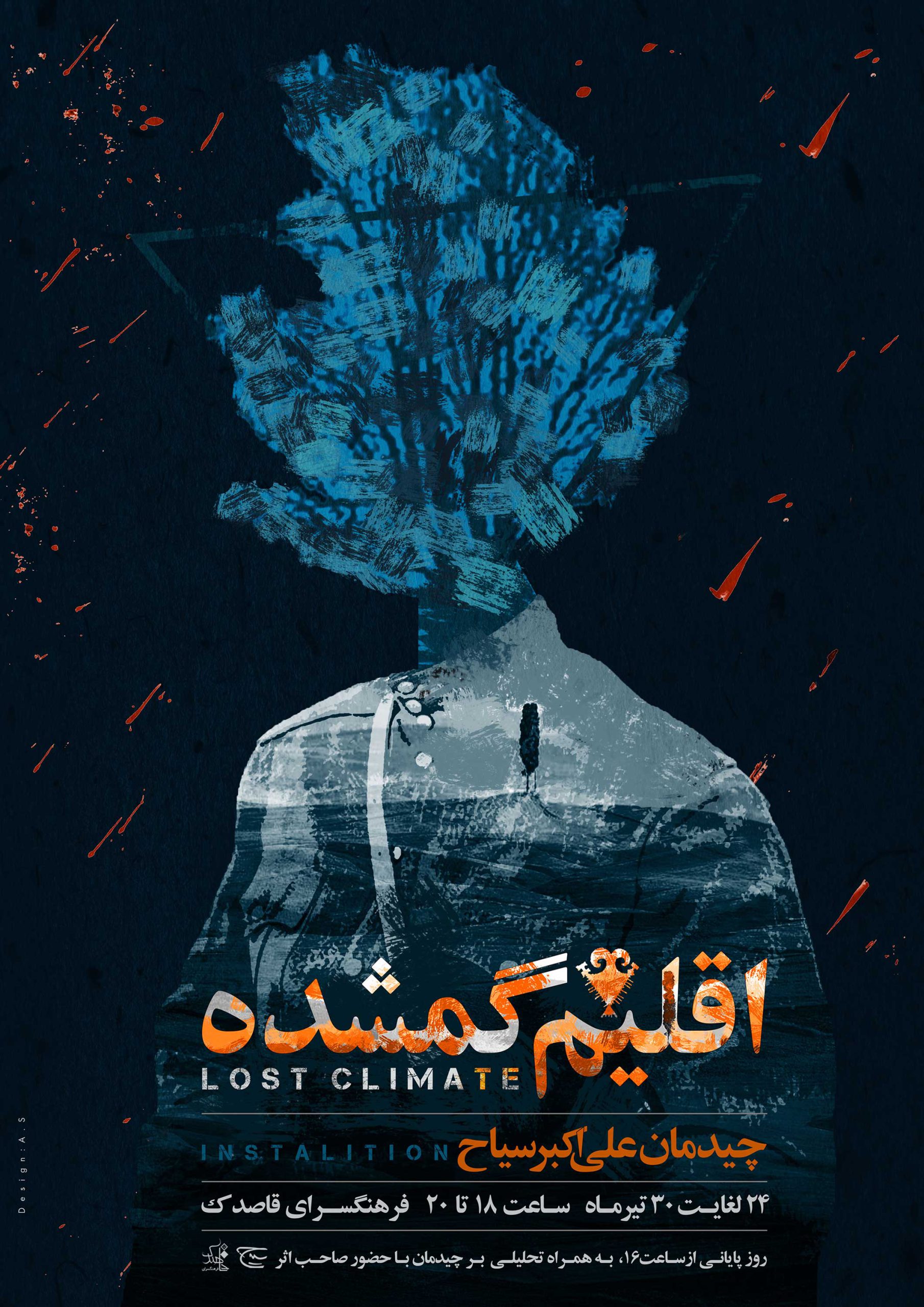
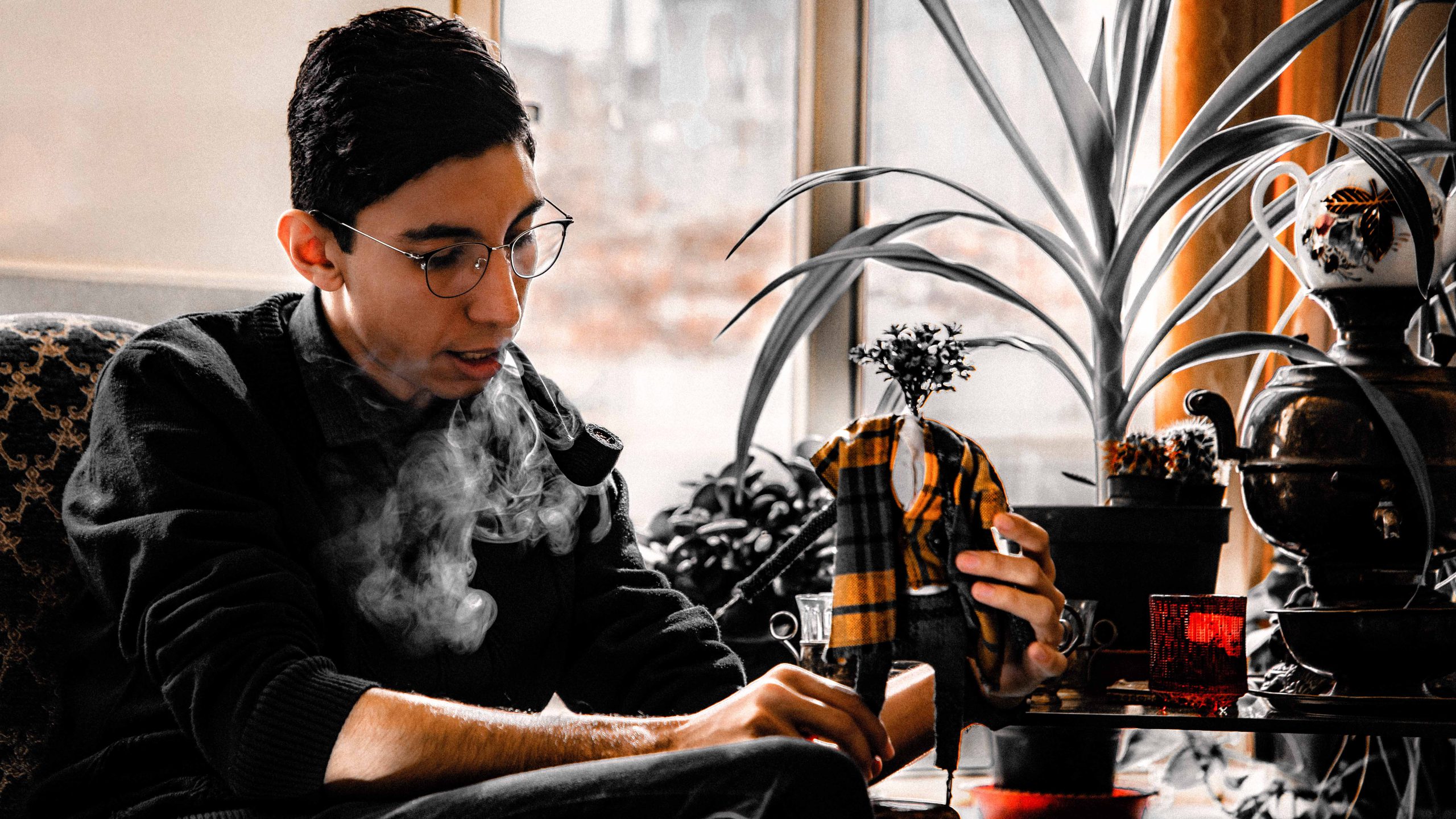
The image of a person with a leaf head had happened before in different forms, but after this exhibition, it became an icon and a motif for Aliakbar Sayah.
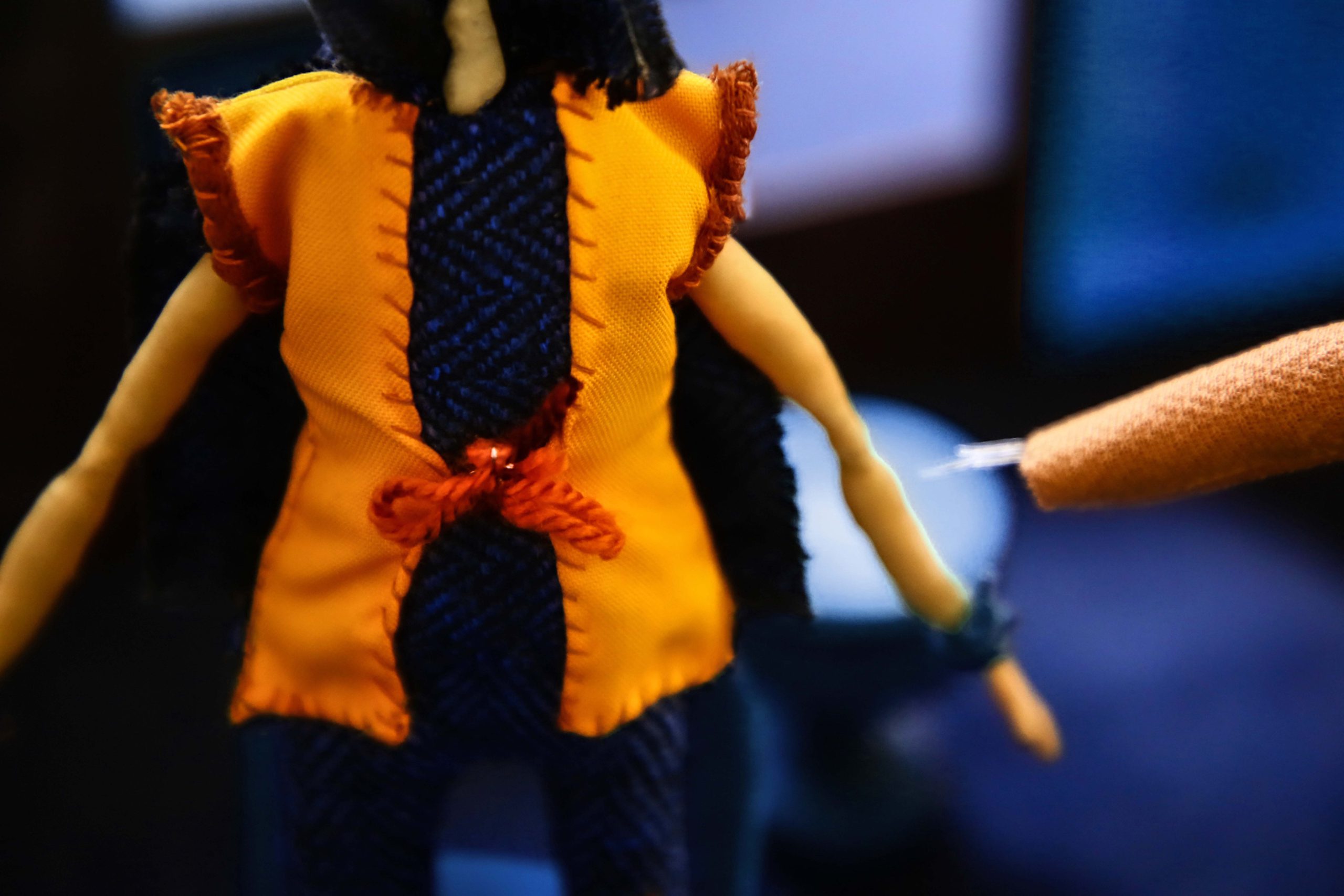
This was the first time that the puppets of the animation film became a visual art work in the form of an artwork. Installation Art is the art of installing or setting up three-dimensional works, which use different elements and materials in a specific and limited “space”. These works are often site specific and designed to transform and understand a space. The term installation art refers to internal spaces, while external interventions of this type are often known as pop art, land art or intervention art (artistic intervention, interaction with works of art, audience, place / space or previous situation); However, the boundaries between these arts sometimes overlap. Installation art can be temporary or permanent.
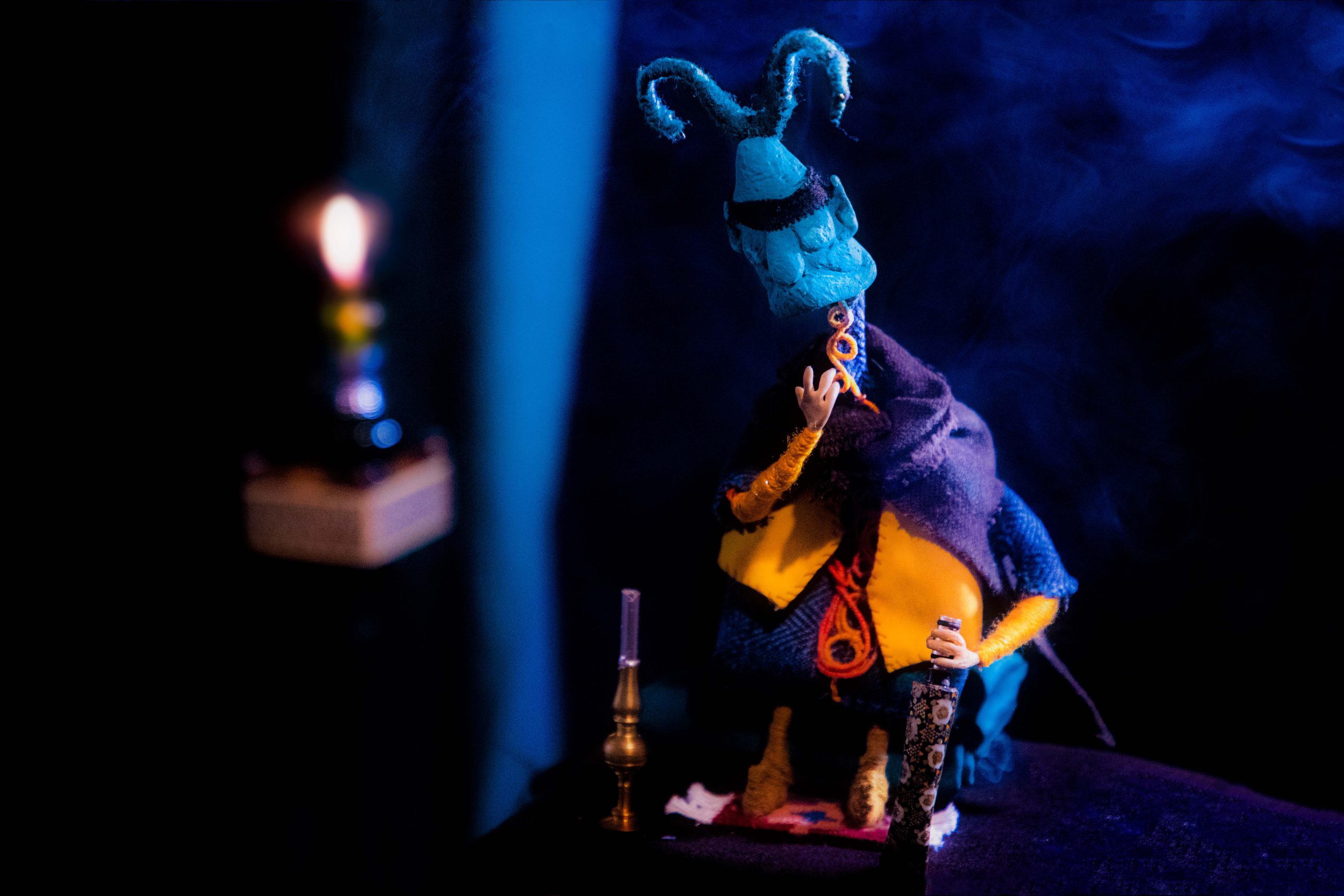
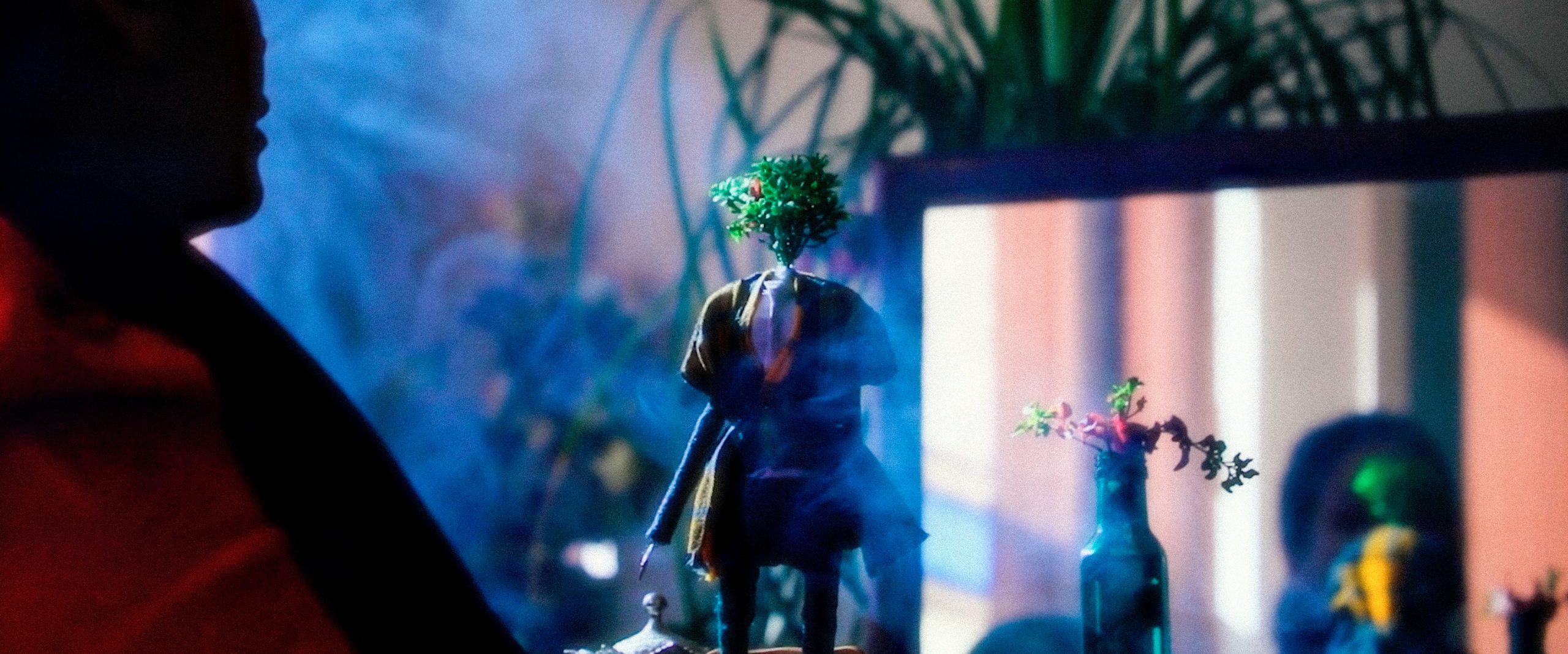
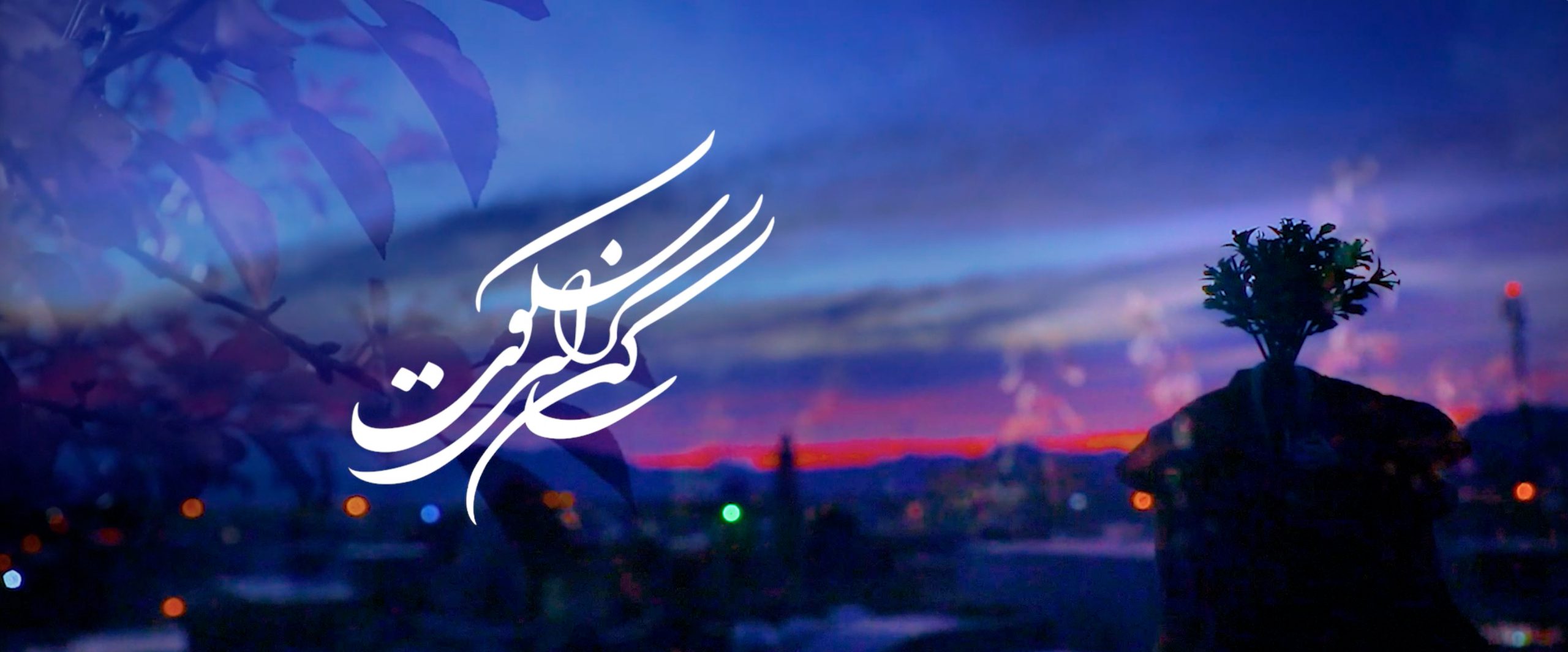
Puppets in Aliakbar Sayah cinema
Frames from the movie Resident of the House of Silence 2022
